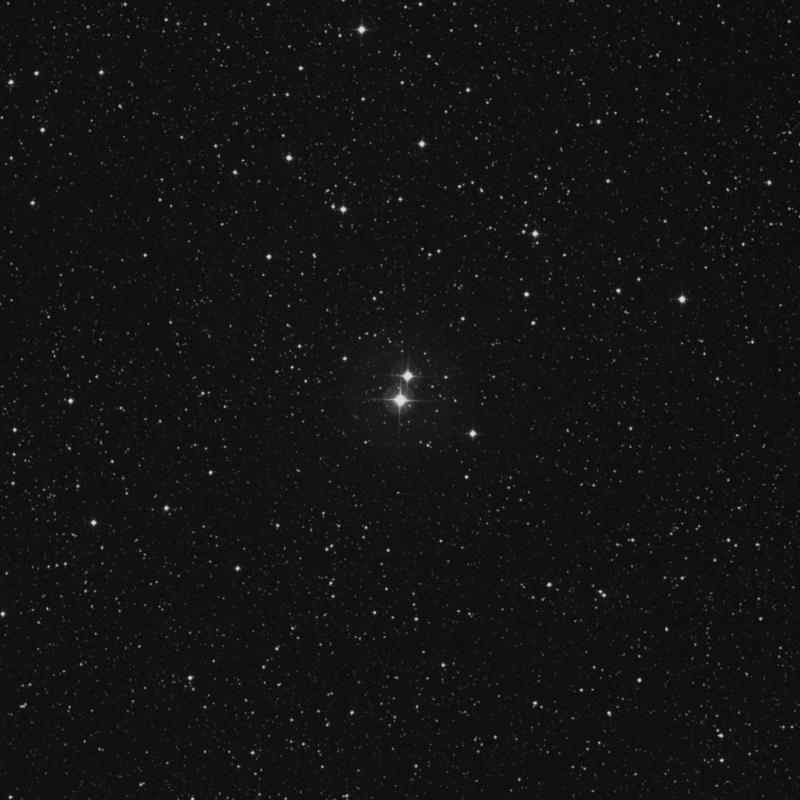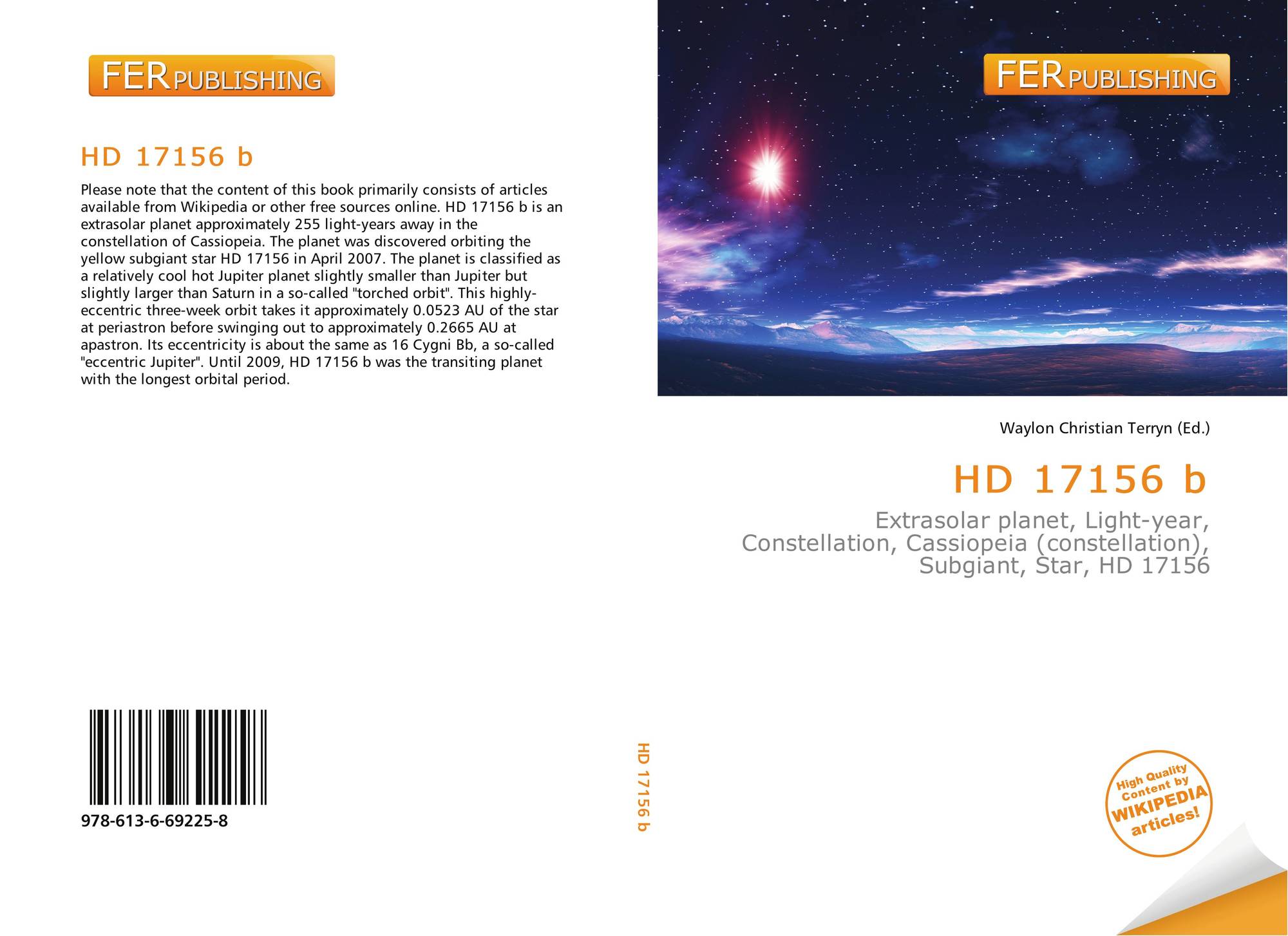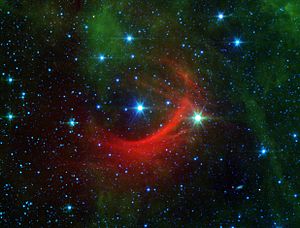A sketch of the star iota Cassiopeiae made with an 8″ f/10 telescope at 166x. Credit: Per-Jonny Bremseth. Now to the other end of Cassiopeia to see the resplendent triple star ι (iota) Cassiopeiae. This star consists of a primary of magnitude 4.6 and two companions of magnitude 6.9 and 8.4. The two brighter components are just 2.5″ apart. 6 Cassiopeiae (6 Cas) is a double star in the constellation Cassiopeia.


6 Cassiopeiae is a variable and multiple supergiant star in the constellation of Cassiopeia.
6 Cassiopeiae visual magnitude is 5.43. Because of its reltive faintness, 6 Cassiopeiae should be visible only from locations with dark skyes, while it is not visible at all from skyes affected by light pollution.
The table below summarizes the key facts about 6 Cassiopeiae:

6 Cassiopeiae is situated close to the northern celestial pole and, as such, it is visible for most part of the year from the northern hemisphere. Celestial coordinates for the J2000 equinox as well as galactic coordinates of 6 Cassiopeiae are provided in the following table:
The simplified sky map below shows the position of 6 Cassiopeiae in the sky:
Location: Greenwich, United Kingdom [change]
Latitude: 51° 28’ 47” N
Longitude: 0° 00’ 00” E
Timezone: Europe/London
6 Cassiopeiae is circumpolar and transits at 14:56 UTC (altitude: 79.3°)
The image below is a photograph of 6 Cassiopeiae from the Digitized Sky Survey 2 (DSS2 - see the credits section) taken in the red channel. The area of sky represented in the image is 0.5x0.5 degrees (30x30 arcmins). The proper motion of 6 Cassiopeiae is -0.005 arcsec per year in Right Ascension and -0.001 arcsec per year in Declination and the associated displacement for the next 100000 years is represented with the red arrow.
6 Cassiopeiae is distant 16,300.00 light years from the Sun and it is moving towards the Sun at the speed of 46 kilometers per second.
6 Cassiopeiae belongs to spectral class A3 and has a luminosity class of I corresponding to a supergiant star.
The red dot in the diagram below shows where 6 Cassiopeiae is situated in the Hertzsprung–Russell diagram.

6 Cassiopeiae is a visual double star which can be observed with the help of medium or large telescopes. The table below shows key information about the 6 Cassiopeiae double sysyem:
